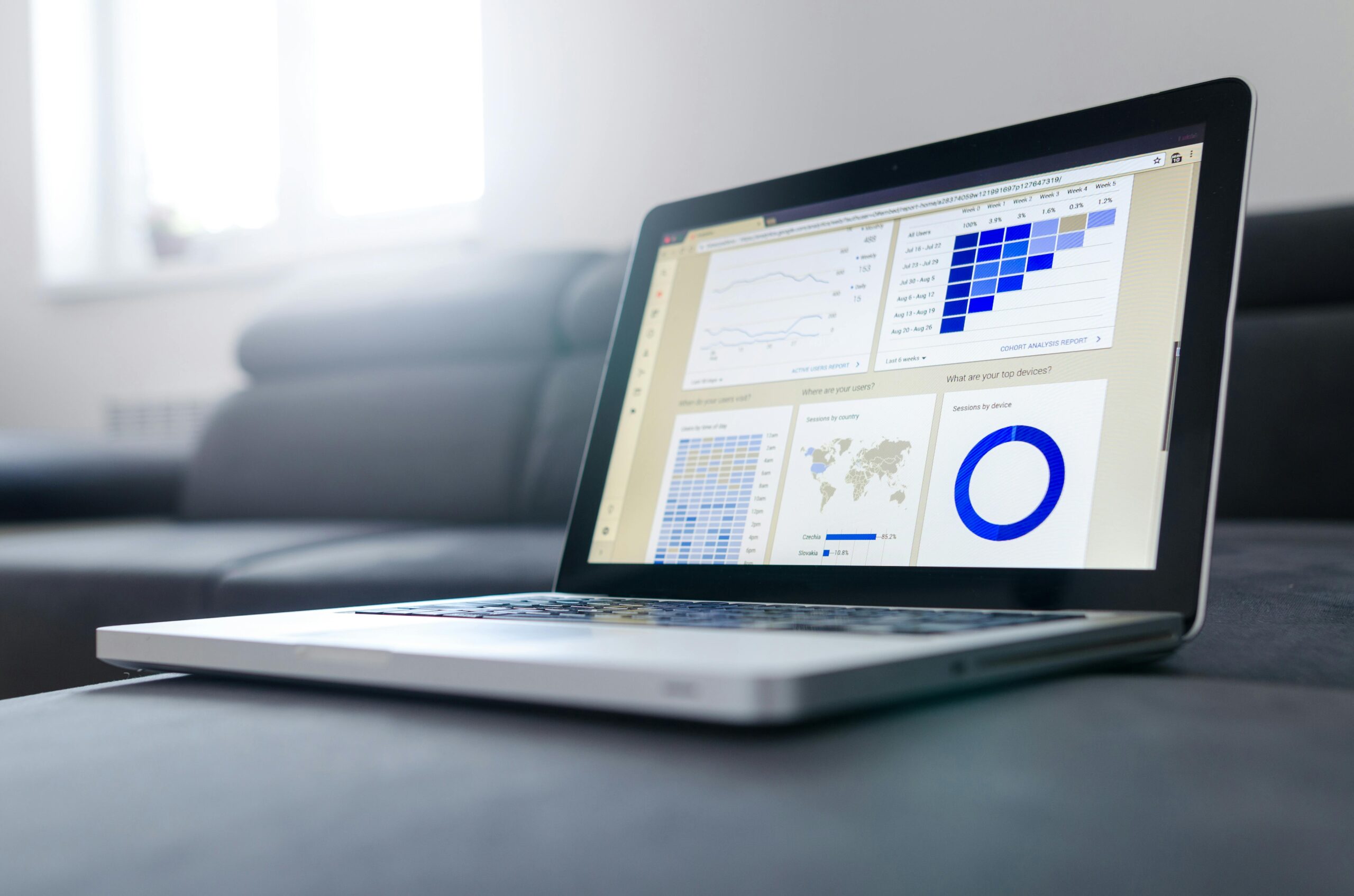Inflation is a critical economic indicator that affects everything from the prices of everyday goods to interest rates and wages. Understanding how to interpret and use inflation data can help you make better financial decisions, whether you’re an individual, a business owner, or an investor. Here’s a guide on how to understand and use inflation data effectively.
What is Inflation?
Inflation measures the rate at which the general level of prices for goods and services rises, leading to a decrease in the purchasing power of currency. It’s typically expressed as an annual percentage. For instance, if the inflation rate is 3%, this means that on average, prices have increased by 3% over the past year.
Types of Inflation
Understanding the different types of inflation can provide better insights into economic conditions:
- Demand-Pull Inflation: Occurs when the demand for goods and services exceeds supply, driving prices up. For example, during a booming economy, consumers might spend more, increasing demand.
- Cost-Push Inflation: Results from an increase in the cost of production, such as rising wages or raw material costs, leading to higher prices for finished goods.
- Built-In Inflation: Linked to adaptive expectations, where workers demand higher wages to keep up with rising costs of living, which in turn, increases production costs and prices.
How is Inflation Measured?
Inflation is commonly measured using price indices:
- Consumer Price Index (CPI): Measures the average change over time in the prices paid by urban consumers for a market basket of consumer goods and services.
- Producer Price Index (PPI): Tracks the average change in selling prices received by domestic producers for their output.
- Personal Consumption Expenditures (PCE) Price Index: Reflects changes in the prices of goods and services consumed by households.
For example, if the CPI increases from 100 to 103 over a year, the inflation rate for that period is 3%.
Why is Inflation Important?
Inflation impacts various aspects of the economy and personal finance:
- Purchasing Power: Inflation erodes the value of money. For example, if your salary remains the same but prices increase, your purchasing power decreases.
- Interest Rates: Central banks, like the Federal Reserve, may raise interest rates to combat high inflation, affecting loans, mortgages, and savings rates.
- Investment Returns: Inflation can reduce real returns on investments. For instance, a bond yielding 5% in a 2% inflation environment has a real return of 3%.
Using Inflation Data for Financial Decisions
Understanding inflation can guide better financial planning:
- Budget Adjustments: Adjust your budget to account for rising prices. For instance, if inflation is driving up grocery costs, you might need to allocate more funds to your food budget.
- Savings Strategies: Consider inflation when planning your savings. High-yield savings accounts or inflation-protected securities like TIPS can help preserve your money’s value.
- Investment Choices: Diversify your portfolio to include assets that historically outperform inflation, such as stocks, real estate, or commodities.
Practical Examples of Using Inflation Data
- Cost-of-Living Adjustments: Employers may use inflation data to adjust wages. For example, a company might increase salaries by 2% if inflation is 2%, ensuring employees maintain their purchasing power.
- Adjusting Interest Rates: If you’re considering a loan, understanding current and projected inflation can help you decide whether to opt for fixed or variable interest rates.
- Pricing Strategies for Businesses: Businesses can use inflation data to adjust their pricing strategies. For instance, if production costs rise due to inflation, a business might increase its prices to maintain profit margins.
Summary: Key Steps to Understand and Use Inflation Data
- Understand what inflation is and its different types.
- Learn how inflation is measured using indices like CPI, PPI, and PCE.
- Recognize the importance of inflation and how it impacts purchasing power, interest rates, and investments.
- Use inflation data to make informed financial decisions in budgeting, saving, and investing.
- Apply practical examples like cost-of-living adjustments, interest rate decisions, and business pricing strategies.
By grasping how inflation works and utilizing the data effectively, you can better navigate economic fluctuations and make smarter financial choices.

